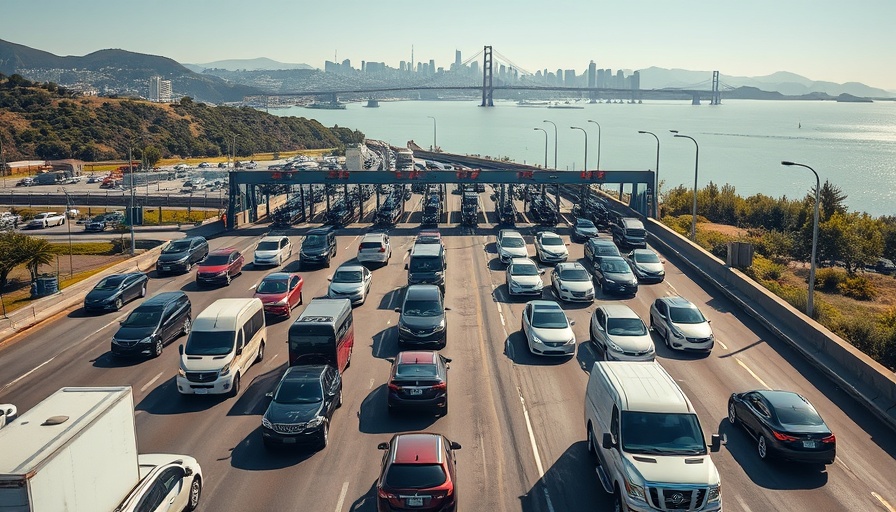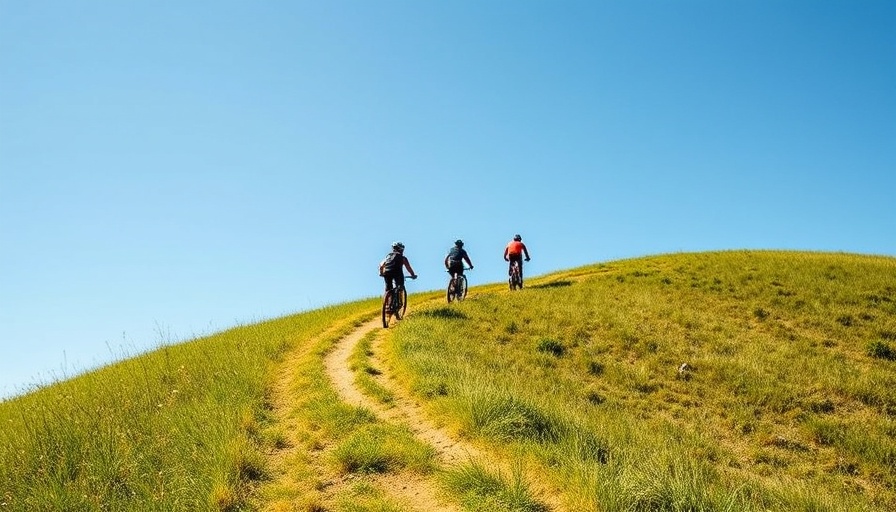
After-School Care Dilemma: A Growing Challenge in Berkeley
Finding after-school care in Berkeley has become increasingly complex for families, particularly for those navigating the Berkeley Unified School District (BUSD). Recent reports reveal that many parents, like Laura Smith, are not just facing a waitlist; they are confronting a maze of options without a clear path. With enrollment processes described as "messy" and spots filling up quickly, securing a place in a care program remains a daunting task.
Understanding the Landscape: BUSD’s Programs
The BUSD runs two primary extended learning programs: BEARS, designed for low-income families, and LEARNS, which is accessible to all. Despite demand from over 5,800 K-8 students, the capacity for LEARNS has steeply declined — dropping from 1,900 slots to just 1,300 due to staffing shortages, with vital vacancies still unfilled. This decline roots uncertainty in an already stressful school year for countless families.
Alternative Options: The Private and City Programs
For families unable to secure a spot in district-run programs, private and city-managed alternatives exist but come with their own set of challenges. City-run programs, while often less expensive, present additional hurdles such as limited transportation options, which can place an extra strain on working parents. For instance, the city-run Shorebird Park program does not offer transportation from certain schools, forcing parents like Smith to alter their workdays significantly to accommodate pickups. This situation aggravates the juggling act many parents face as they attempt to balance work commitments with their children’s care needs.
Community Responses: Seeking Solutions Together
As the school year nears its start, many families are joining discussions about how to better navigate these after-school care obstacles. Community forums and parent groups are now buzzing with ideas and experiences, sharing not just frustration but also potential solutions. Parents are advocating for better communication from school officials and emphasizing the necessity of robust staffing that directly impacts enrollment capacity.
The Emotional Toll: Parents Share Their Experiences
Behind the statistics are heartfelt stories of resilience and worry. Families are not just looking for convenience but for assurance that their children are safe, engaged, and happy after school. The emotional toll of this care search is felt deeply by parents striving to provide stability for their kids amidst bureaucratic barriers. Many express feelings of being blindsided by a system that seems overwhelmed by demand, yet still eager to find support for one another in the community.
Moving Forward: Actionable Insights for Parents
To navigate these challenges, families can benefit from some proactive steps: research various programs early, audit waitlist policies, and connect with local networks to share insights and find hidden gems in after-school care offerings. Engaging with local school boards and advocacy groups can amplify voices and call for expanded resources and improved communication from BUSD.
Ultimately, it's about creating a nurturing environment for children while securing peace of mind for parents. As the community rallies together, the hope remains that solutions to overcome these hurdles will emerge, paving the way for a structured after-school care system that truly serves Berkeley's families.
 Add Row
Add Row  Add
Add 




Write A Comment